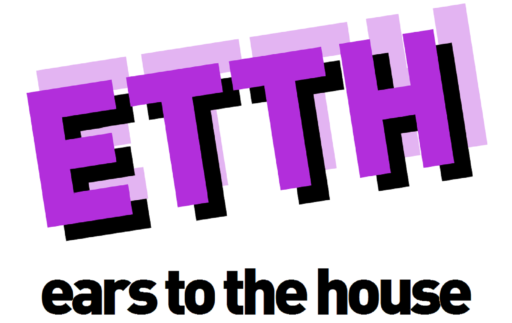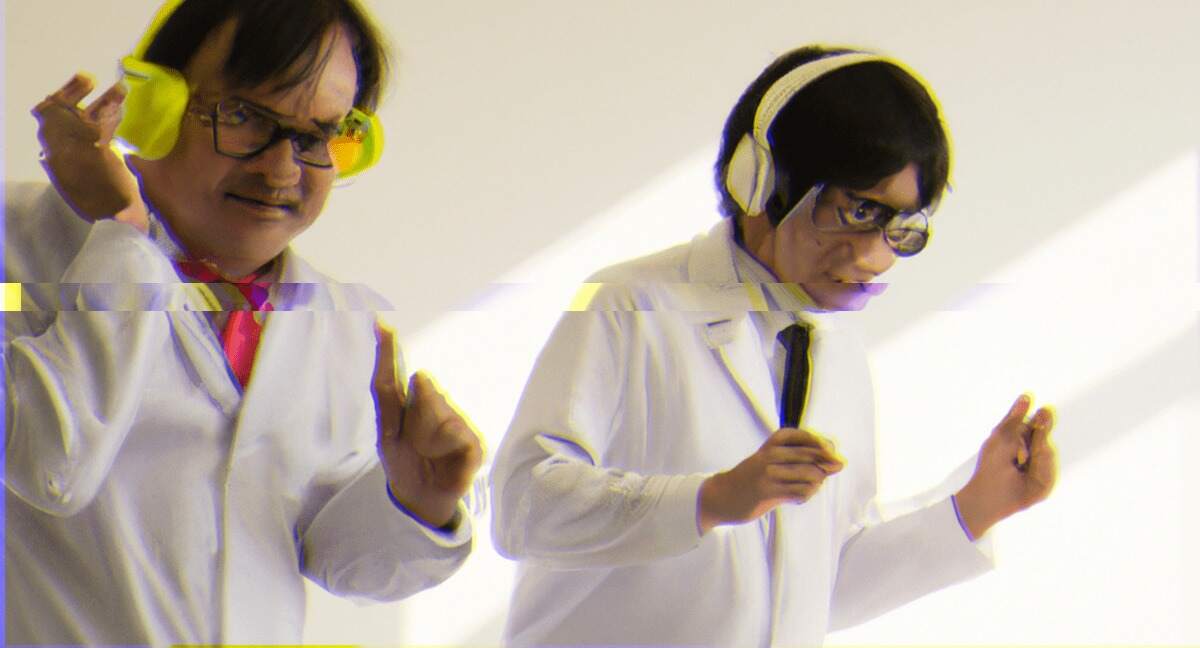Since the beginning of time, music producers have asked one particular question over all others – what does it take to create a song that’s going to be a hit? Let’s face facts – even within the world of underground dance music, producers always secretly hope to get that one record that’s a little bit less underground than everything else, if you catch our drift.
It’s something that music makers everywhere will continue to ponder over during the festive season – after all, the average producer doesn’t switch off from studio mode just because there’s roast potatoes and turkey in the oven. But could science help provide an insight into how to make a song that actually gets noticed in this day and age?
Well, maybe. Back on Monday, Music Radar reported on a study into the Mike Posner track “I Took A Pill In Ibiza”. The song was originally released in 2015, with a remix following a few months later by Swedish duo SeeB – two guys called Simen Eriksrud and Espen Berg. And scientists at the University of Oslo decided to take a closer look at the remix…
Whilst the song isn’t exactly our cup of tea here at Ears To The House, perhaps there are lessons to be learnt from it – but what are they? Well, scientists studied the sing and talked to four of the most successful EDM producers on Spotify, and soon found some common threads.
Many, for instance, use a combination of on and off-grid quantisation. To those of you unfamiliar, quantising is the process where music software tries to correct what it thinks are human errors when performing music – with the result being notes that are set exactly on beat with the song.
SeeB themselves, in the meantime, utilise a method where they play their instruments in using the left hand – resulting in a subtly different result. In the remix above, an analysis of the project files resulted in the discovery of another clever trick – layering a tambourine sound with a hi-hat”, meaning “the exact point at which a sound is made less clear to the human ear”.
In short? Stop letting the computer do all of the work and start experimenting with how you layer things or play elements in. Let’s hope 2024 starts to see more of this human touch – the science backs it…





